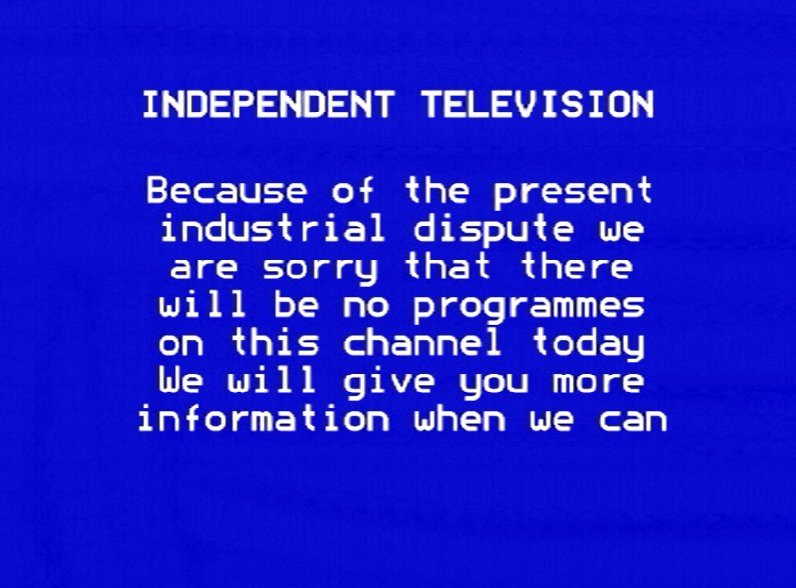Doctor Who And The 1979 ITV strike
"There was a clown strike, and the clowns threw down their tools."
The viewing figures for Destiny of the Daleks and City of Death, the first two Doctor Who serials of the 1979/80 series, are often described as the programme’s “best” ever. That usually comes with a caveat; that ITV, which was at the time British television's only commercial network, was entirely blacked out by industrial action during the weeks they were transmitted.
However, little further discussion of this fact, or what it might mean, is ever really entered into. It's a trivium. Not a point of discussion. So this post is an attempt to assert some context over numbers usually looked at by Doctor Who fandom without seeing them as part of any sort of bigger picture.

Want to read the full issue?